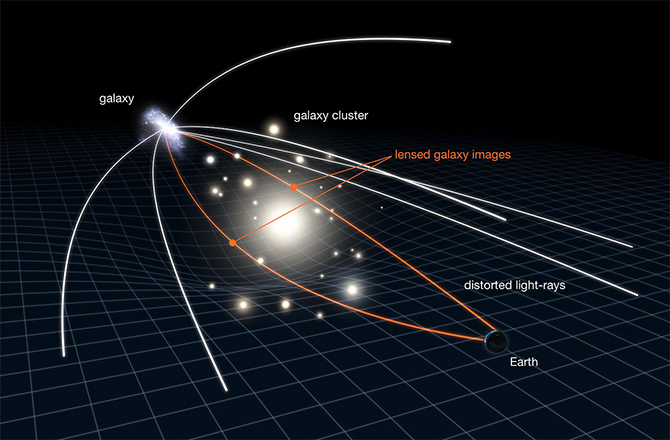For the first time, astronomers were able to predict a supernova explosion, which was successfully captured on image by the NASA/ESA Hubble Space Telescope on December 11.
It is a rare occurrence for stellar explosions to be caught on image in the exact moment they happen, let along predicting this particular moment and its precise location.

Scientists made use of various galaxy cluster models, the gravity of which wraps around the supernova’s light, to calculate the time and place of the reappearance of the supernova called Refsdal in honor Sjur Refsdal, a Norwegian astronomer. According to Tommaso Treu, lead author of the modelling comparison paper from the University of California in Los Angeles, all seven models predicted almost the same time frame.
Treu pointed out that it took a big effort from the community to gather the data required from the Hubble, VLT-MUSE, and Keck, as well as to build lens models.
The first sighting of the supernova dates back to November of 2014, when scientists found four images of the stellar explosion around a galaxy in MACS J1149.5+2223, on the Einstein Cross configuration. These images were possible thanks to the supernova’s light that exploded 10 billion years ago and traveled in different ways around a gravitationally warped region of space that entered in Hubble’s radar.
In other words, it was a cosmic optical illusion that generated when the mass of a galaxy inside the cluster wrapped and magnified the light of the stellar explosion. This process is called “gravitational lensing.”

“While studying the supernova, we realized that the galaxy in which it exploded is already known to be a galaxy that is being lensed by the cluster. The supernova’s host galaxy appears to us in at least three distinct images caused by the warping mass of the galaxy cluster,” said Steve Rodney, researcher at the University of South Carolina and co-author of a study on the issue.
Gravitational lensing has been useful to improve the images captured by the Hubble telescope. The first four images sighted in 2014 were visible at different times, and astronomers were able to predict the appearance of more images of Refsdal in the next five years caused by the lensed region of space. The reappearance finally happened this month.
In their calculations, astronomers also discovered the supernova had formerly appeared in 1998, but it wasn’t detected by the telescope.
According to Patrick Kelly, lead researcher on the supernova’s discovery and reappearance and co-author of the modelling comparison paper, the Hubble has showcased the modern scientific method ‘at its best’. He added that testing predictions through observation provides powerful means for us to have a better comprehension of the cosmos.
Refsdal’s reappearance may be a good opportunity for scientists to study the way mass gets distributed inside the galaxy cluster, especially dark matter.
Source: Discovery News
